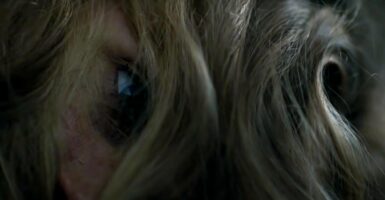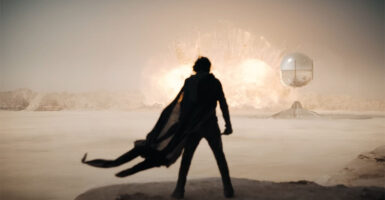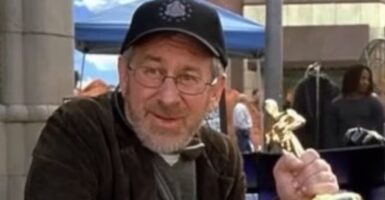How Steven Spielberg Stopped The Studio From Ruining His Greatest Achievement
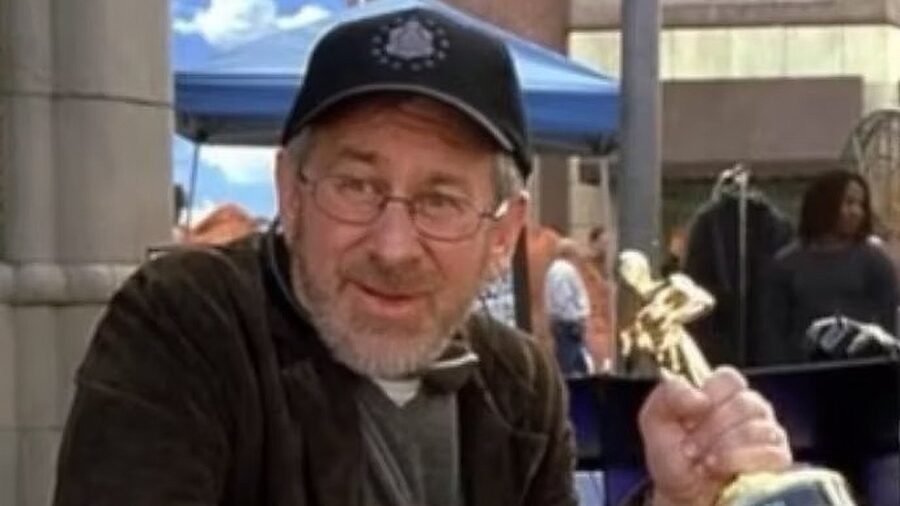
Steven Spielberg stood his ground when the studio pushed for him to film Schindler’s List in color instead of black and white, and it’s a good thing he did. Schindler’s List swept through the movie award ceremonies that year, bringing home seven Academy Awards and three Golden Globes, including Best Picture.
Schindler’s List And Jurassic Park Overlapped
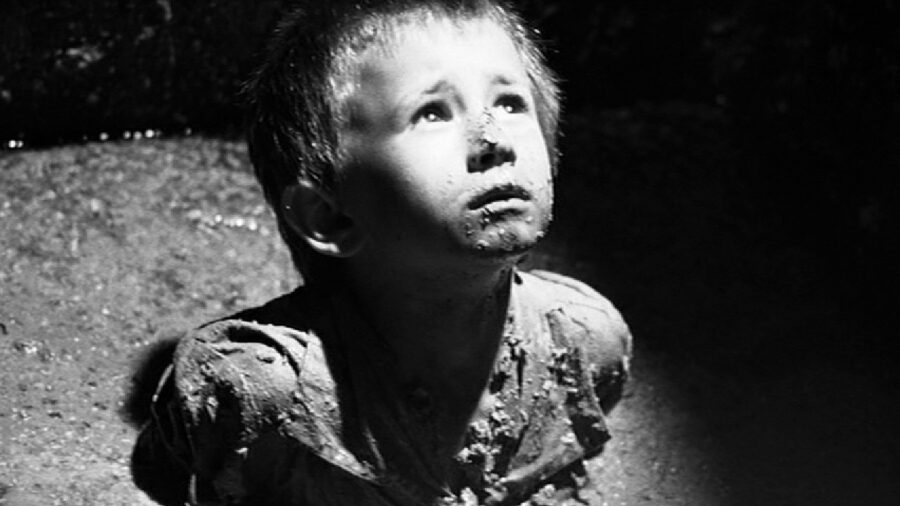
The movie has since become an iconic piece of cinematic history and a stellar example used to demonstrate the power of color (or lack thereof) in film in colleges nationwide. However, in the beginning, its fate was somewhat rocky.
In 1993, Steven Spielberg headed the creation of two new blockbuster hits, Jurassic Park and Schindler’s List. Jurassic Park was released in June of that year, while Spielberg was already hard at work on yet another stellar composure. The making of the two films actually overlapped.
A Friend Stepped In To Help
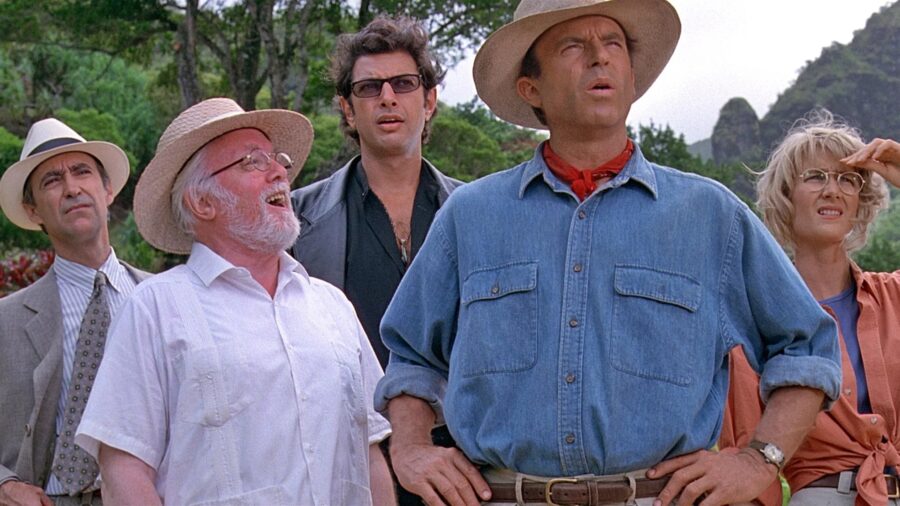
Leaving his film in safe hands, Steven Spielberg enlisted the help of George Lucas to finish up the final production of Jurassic Park while he moved on to the first steps of crafting yet another groundbreaking piece of art, Schindler’s List, which was released on December 15, 1993.
1993: Spielberg’s Year
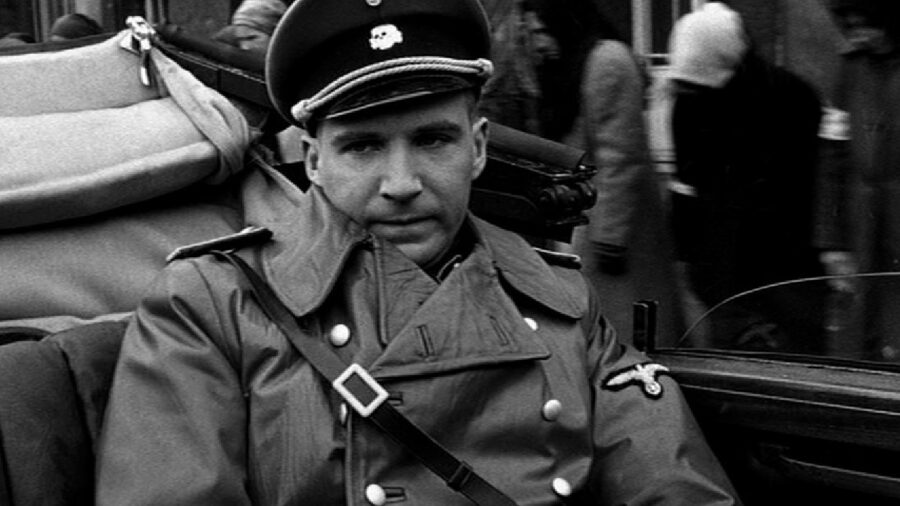
To fans of Steven Spielberg’s work, 1993 felt like a year of maturity and evolution for the filmmaker. His interests seemed to shift from making action and adventure movies to focusing his efforts solely on movies aimed more toward adult audiences, and it may have come from his experience filming Schindler’s List.
Universal Wanted Color

When the then-head of Universal, Tom Polluck, learned that Steven Spielberg planned to shoot Schindler’s List in monochrome, he was strongly against it. Given that he was the man in charge of making sure the new movie would make back the studio’s $20 million investment, he felt like a black-and-white movie with such a dark storyline would never sell to mainstream audiences.
“Tom found out that I’d decided to shoot the film in black-and-white. He was really upset about that. He called me and said, ‘It’s a challenging piece of business by itself. The subject matter alone doesn’t guarantee any return.’ Because they had agreed to put up $20 million to make the film. ‘But if you make it in black-and-white, it’s going to give us no chance to be able to recoup our investment,'” Steven Spielberg said in an interview.
Spielberg Stood His Ground
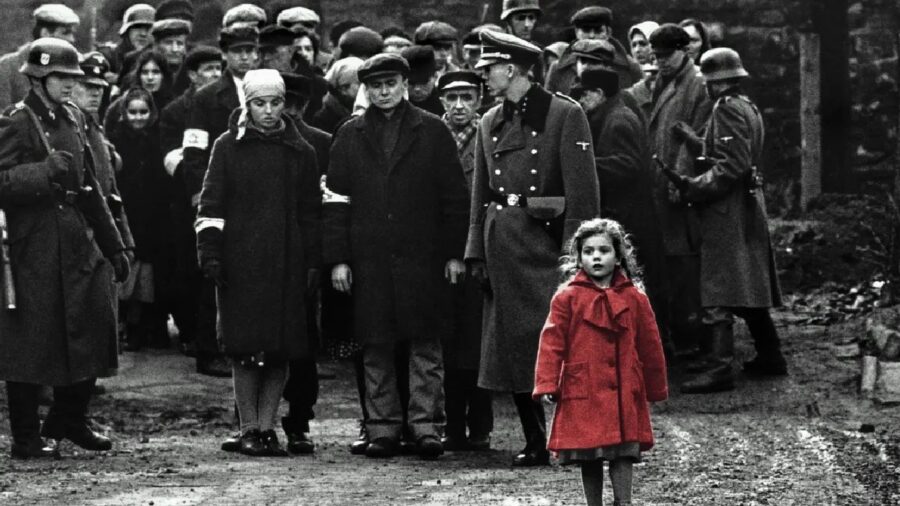
Steven Spielberg felt differently about the issue. After facing a bit of a firestorm concerning his decision to film The Color Purple in color — critics were outraged that the director would create such beautiful color schemes for such an ugly and dark story — Spielberg wasn’t going to make the same mistake twice.
Tom Pollock suggested a compromise after Steven Spielberg adamantly objected to a color shift, presenting a plan to shoot the film in both color and black and white. Polluck wanted to release the film to theaters in monochrome but make the VHS version a color release. Spielberg once again objected saying, “I will not colorize the Holocaust.”
Steven Spielberg was passionate about adding no glamor to the mass murder of millions of Jews, and audiences validated his decision to film in black and white by immortalizing his film.



